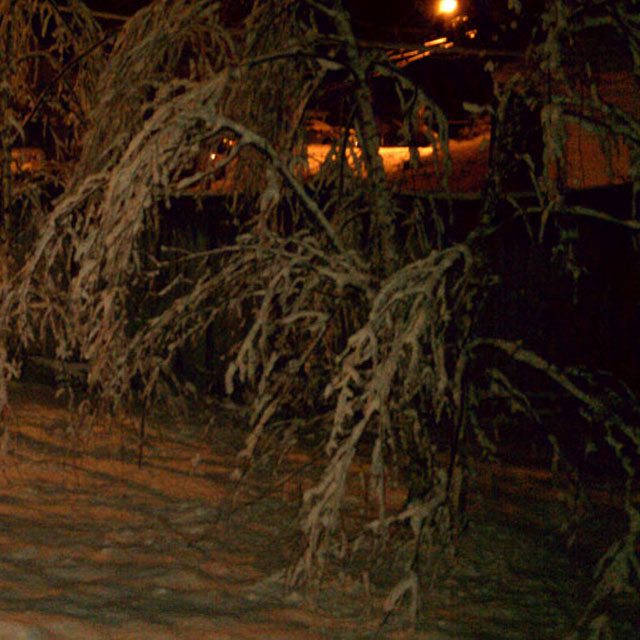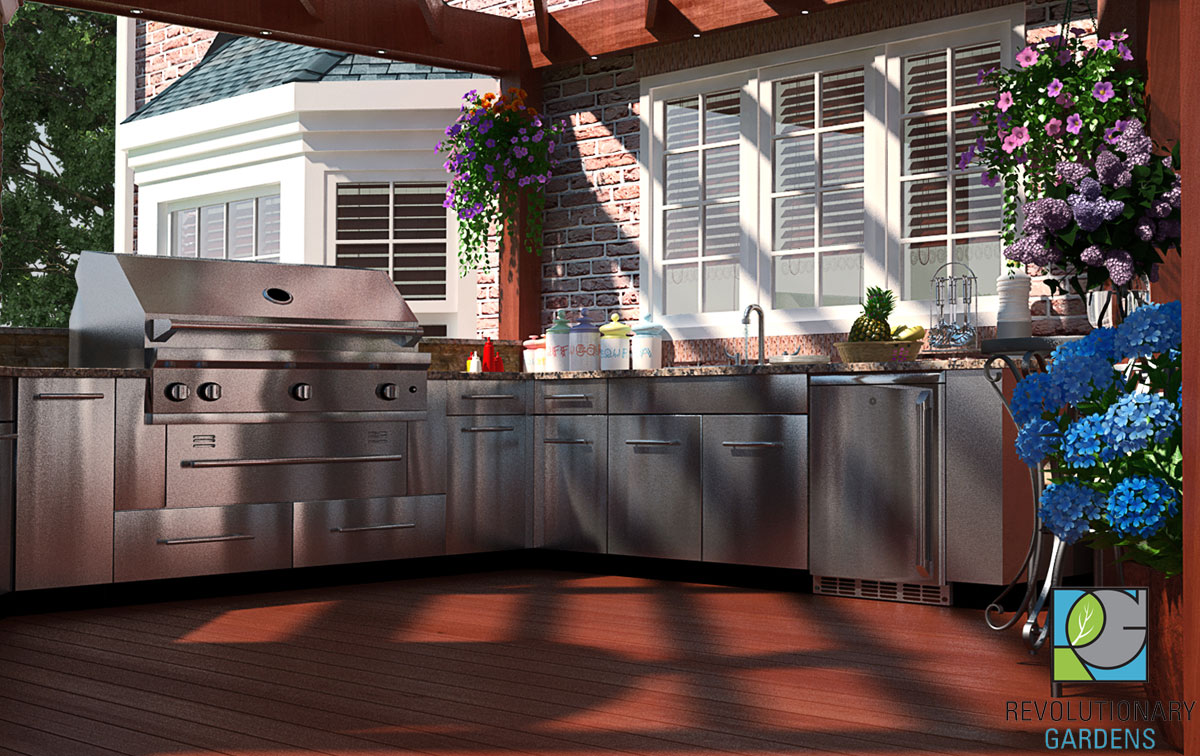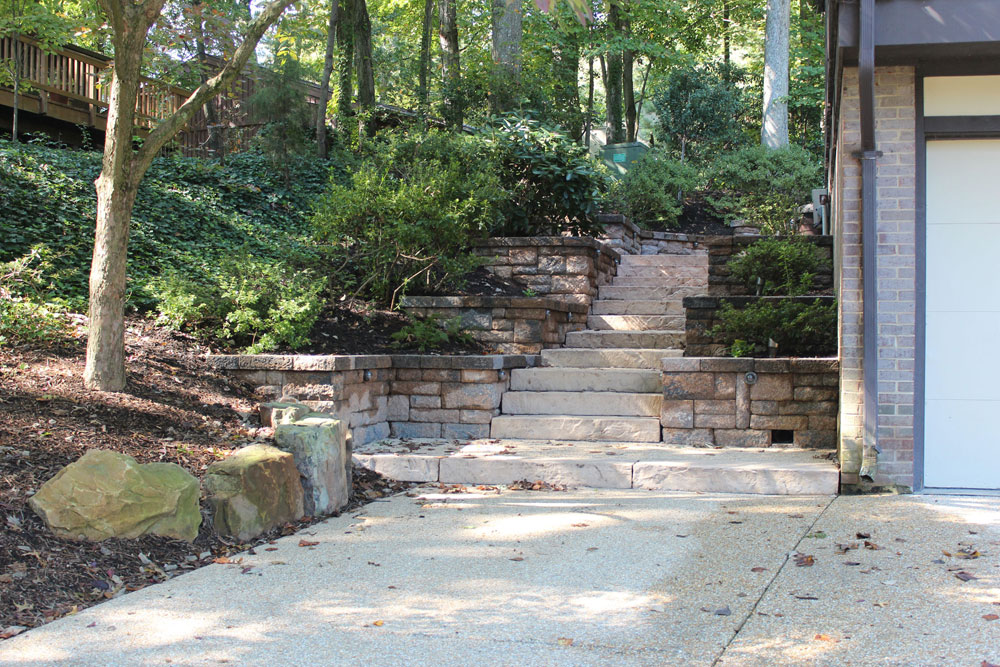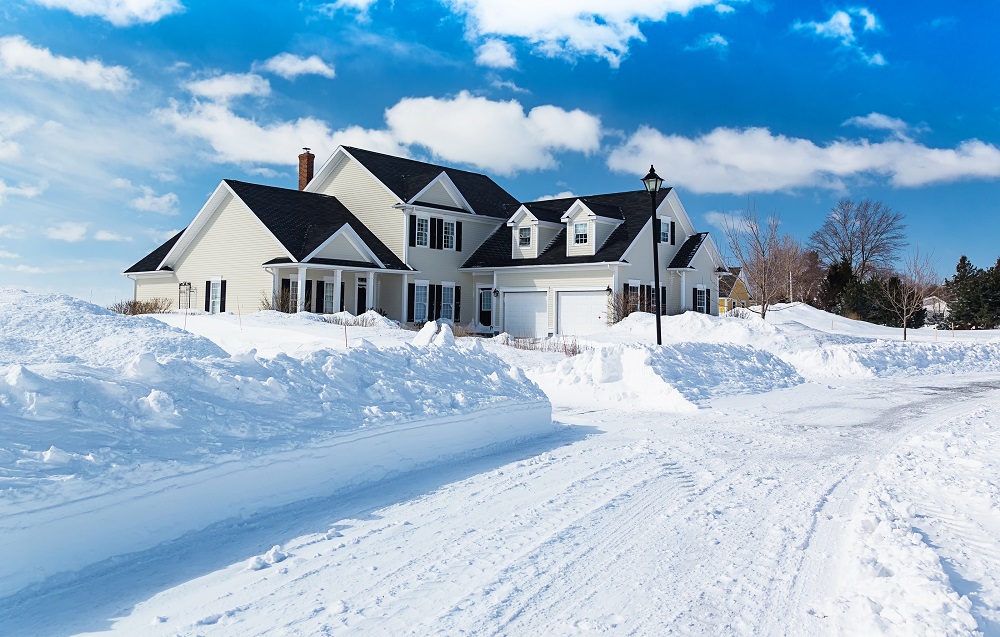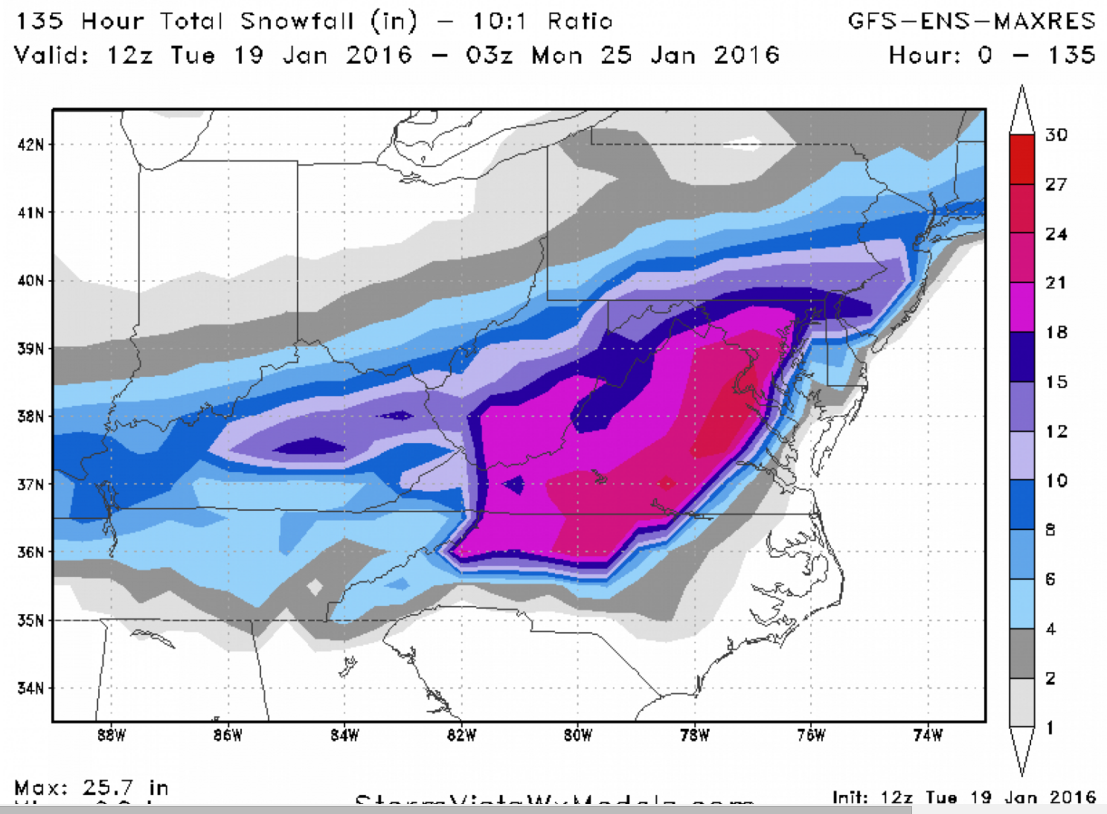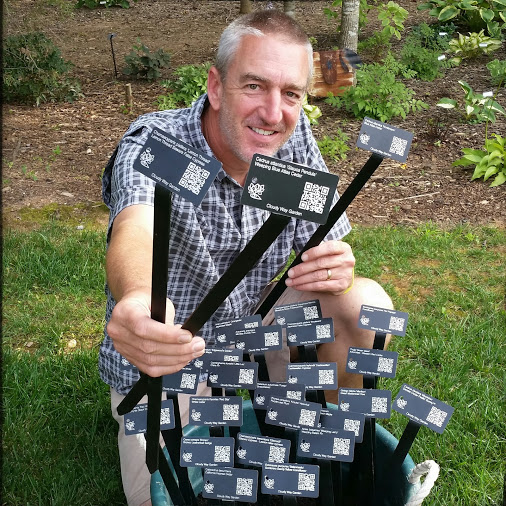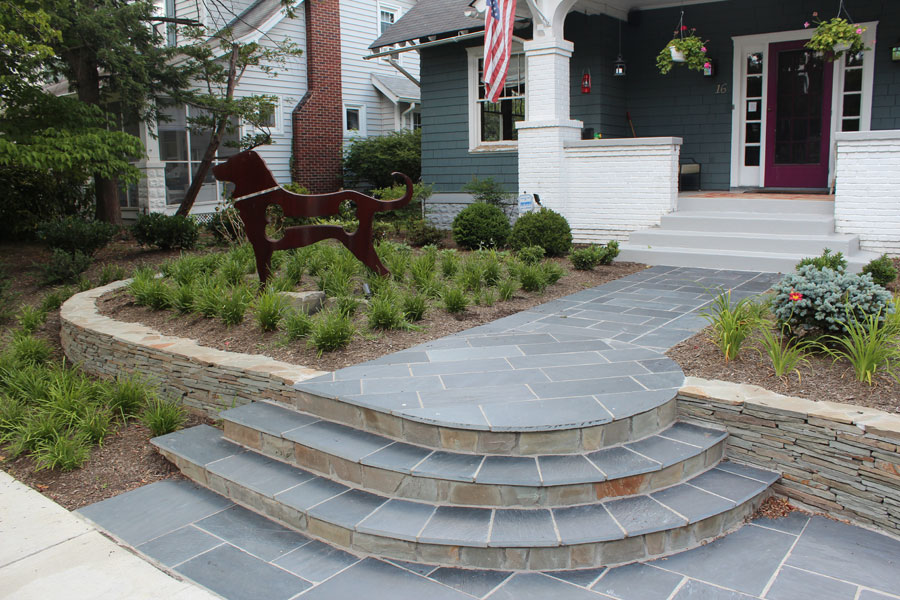If you're like a lot of homeowners, you've been looking at your landscape plants with a little bit of worry lately. The cold has been brutal. If the Weather Channel is saying that
- *** now booking for spring 2024
- ***
- *** request a consultation today
- ***

